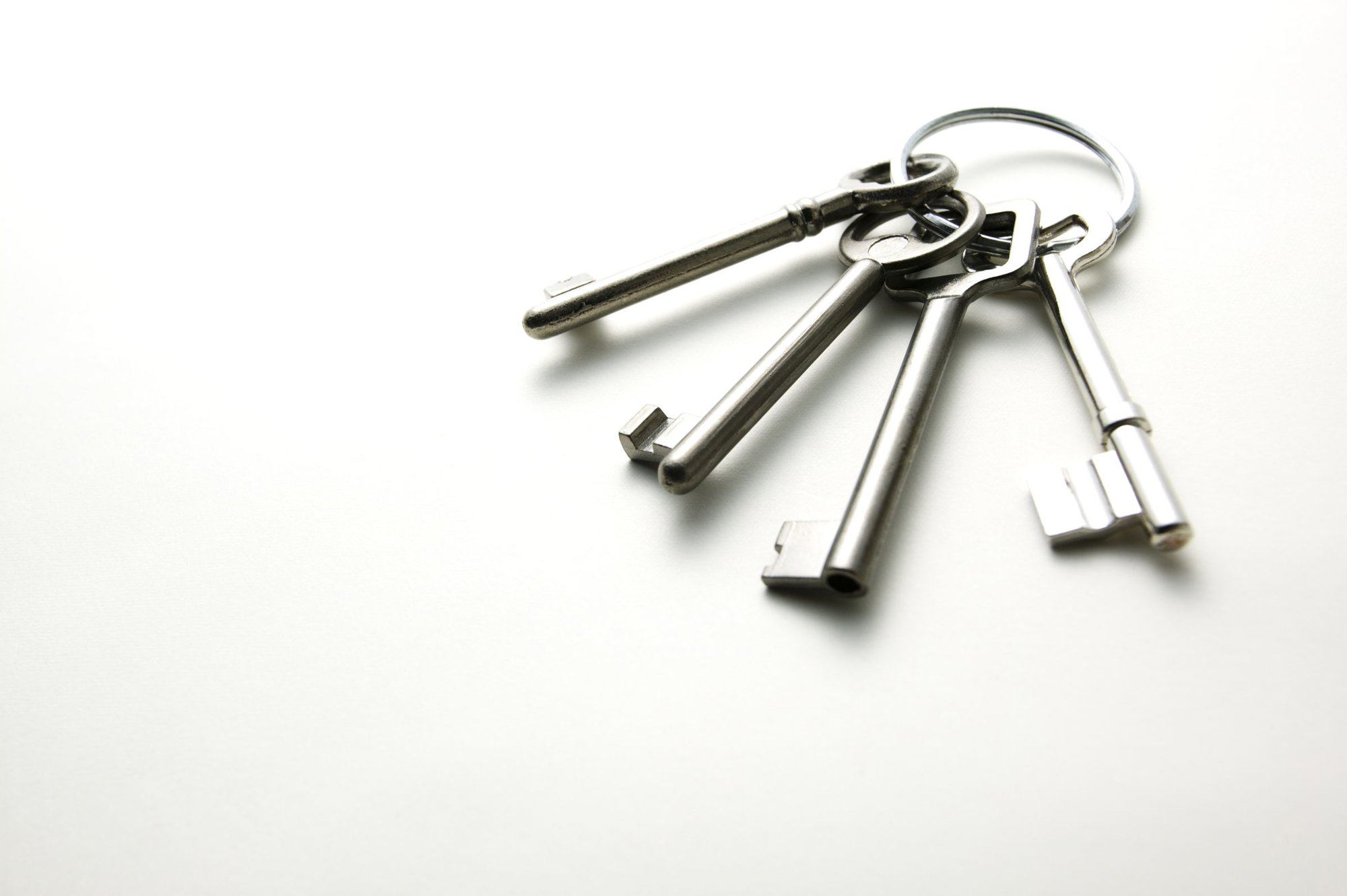Image optimization involves making your website images useful to both visitors and search engines. This includes techniques like reducing file sizes without sacrificing quality in order to increase site speed, or providing alt text for screen readers and search engines to identify what an image is about.
Why is it important?
Image optimization is essential for maximizing your on-page SEO. Optimizing images for search increases the likelihood of searchers discovering your images and content. The benefits of image optimization include:
- Decrease in page load time
- Increase user engagement
- Decrease bounce rate
- Improve image search and shopping results (for e-commerce)
Uncompressed images take longer to download, rescale, and render. Simply reducing the size of your images can quicken the page speed of your site (a well known ranking factor in SEO). Doing so will decrease loading time on your site, meaning users entering your site will be less likely to back out quickly out of frustration, which will lower your website’s overall bounce rate.
For every additional second of load time for a page, it could potentially mean hundreds of users (or more) who have dropped off your site. For online retailers and e-commerce sites, this could translate to thousands of dollars in lost revenue.
Image optimization includes creating options for accessibility. For individuals with visual impairments, images online that have not been properly optimized can be frustrating for those who use screen readers and detract from the user experience. Using alt attributes not only allows search bots to understand what the image is, but allows screen readers to vocalize what the image is to its listener.
Are you optimizing images for your Google My Business listing as well? Discover the impact photos can have on potential customer in our Guide to GMB.
How do I optimize images for a site?
When optimizing images for a site, avoid choosing stock photos when possible. Having more original photos related to your specific content will help you stand out more in image searches.
When uploading or downloading any image you plan to use for your site onto your computer, always change rename that image to the subject its related to before adding it to your site’s media library. For example, keeping an image’s designated name “IMG_123.jpg” will neither help your image to be discovered, either by site visitors or search engines. Instead, change the file name to what the image is, such as “Woman in the Office Talking on the Phone.”
Before adding the newly renamed image to your media library, it’s necessary to compress the image as much as possible without sacrificing its quality. There are plenty of websites that offer free image compression that keep your image quality high but decrease the file size. Check out this article from the BBC to learn more about lossy vs. lossless compression.
When adding compressed images to your site, it’s important to add an alt attribute and title text to each image within your media library. Keep the image’s title short and relevant to its content, without stuffing it with keywords. An image’s alt attribute should be a bit longer than the title and contain a main keyword that’s relevant, but should also describe what is taking place within the image.

















%22%2C%22Id%22%3A%2233%22%7D%2C%22Var%22%3A%7B%22Name%22%3A%22Website%22%2C%22Id%22%3A%221%22%7D%2C%22U%22%3A%22DFCC8327D538A896B26ACA0F9183A47CF%22%7D%2C%7B%22Exp%22%3A%7B%22Name%22%3A%22Signups%22%2C%22Id%22%3A%2242%22%7D%2C%22Var%22%3A%7B%22Name%22%3A%22Website%22%2C%22Id%22%3A%221%22%7D%2C%22U%22%3A%22DFCC8327D538A896B26ACA0F9183A47CF%22%7D%2C%7B%22Exp%22%3A%7B%22Name%22%3A%22Homepage%20Trial%20Clicks%22%2C%22Id%22%3A%2284%22%7D%2C%22Var%22%3A%7B%22Name%22%3A%22Website%22%2C%22Id%22%3A%221%22%7D%2C%22U%22%3A%22DFCC8327D538A896B26ACA0F9183A47CF%22%7D%2C%7B%22Exp%22%3A%7B%22Name%22%3A%22Sitewide%20Trial%20Clicks%22%2C%22Id%22%3A%2285%22%7D%2C%22Var%22%3A%7B%22Name%22%3A%22Website%22%2C%22Id%22%3A%221%22%7D%2C%22U%22%3A%22DFCC8327D538A896B26ACA0F9183A47CF%22%7D%2C%7B%22Exp%22%3A%7B%22Name%22%3A%22Pricing%20Trial%20Clicks%22%2C%22Id%22%3A%2286%22%7D%2C%22Var%22%3A%7B%22Name%22%3A%22Website%22%2C%22Id%22%3A%221%22%7D%2C%22U%22%3A%22DFCC8327D538A896B26ACA0F9183A47CF%22%7D%5D%7D&_biz_u=afbb60c684da46c79bff95e845db9112&_biz_l=https%3A%2F%2Fwww.callrail.com%2Fblog%2Fimage-optimization&_biz_t=1740238811033&_biz_i=null&_biz_n=10&rnd=10657&cdn_o=a&_biz_z=1740238811033)
%22%2C%22Id%22%3A%2232%22%7D%2C%22Var%22%3A%7B%22Name%22%3A%22Website%22%2C%22Id%22%3A%221%22%7D%2C%22U%22%3A%22DFCC8327D538A896B26ACA0F9183A47CF%22%7D%2C%7B%22Exp%22%3A%7B%22Name%22%3A%22Clicks%20start%20free%20trial%20(home%20page)%22%2C%22Id%22%3A%2233%22%7D%2C%22Var%22%3A%7B%22Name%22%3A%22Website%22%2C%22Id%22%3A%221%22%7D%2C%22U%22%3A%22DFCC8327D538A896B26ACA0F9183A47CF%22%7D%2C%7B%22Exp%22%3A%7B%22Name%22%3A%22Signups%22%2C%22Id%22%3A%2242%22%7D%2C%22Var%22%3A%7B%22Name%22%3A%22Website%22%2C%22Id%22%3A%221%22%7D%2C%22U%22%3A%22DFCC8327D538A896B26ACA0F9183A47CF%22%7D%2C%7B%22Exp%22%3A%7B%22Name%22%3A%22Homepage%20Trial%20Clicks%22%2C%22Id%22%3A%2284%22%7D%2C%22Var%22%3A%7B%22Name%22%3A%22Website%22%2C%22Id%22%3A%221%22%7D%2C%22U%22%3A%22DFCC8327D538A896B26ACA0F9183A47CF%22%7D%2C%7B%22Exp%22%3A%7B%22Name%22%3A%22Sitewide%20Trial%20Clicks%22%2C%22Id%22%3A%2285%22%7D%2C%22Var%22%3A%7B%22Name%22%3A%22Website%22%2C%22Id%22%3A%221%22%7D%2C%22U%22%3A%22DFCC8327D538A896B26ACA0F9183A47CF%22%7D%2C%7B%22Exp%22%3A%7B%22Name%22%3A%22Pricing%20Trial%20Clicks%22%2C%22Id%22%3A%2286%22%7D%2C%22Var%22%3A%7B%22Name%22%3A%22Website%22%2C%22Id%22%3A%221%22%7D%2C%22U%22%3A%22DFCC8327D538A896B26ACA0F9183A47CF%22%7D%5D%7D&_biz_u=afbb60c684da46c79bff95e845db9112&_biz_l=https%3A%2F%2Fwww.callrail.com%2Fblog%2Fimage-optimization&_biz_t=1740238811036&_biz_i=null&_biz_n=11&rnd=58965&cdn_o=a&_biz_z=1740238811036)
%22%2C%22Id%22%3A%2232%22%7D%2C%22Var%22%3A%7B%22Name%22%3A%22Website%22%2C%22Id%22%3A%221%22%7D%2C%22U%22%3A%22DFCC8327D538A896B26ACA0F9183A47CF%22%7D%2C%7B%22Exp%22%3A%7B%22Name%22%3A%22Clicks%20start%20free%20trial%20(home%20page)%22%2C%22Id%22%3A%2233%22%7D%2C%22Var%22%3A%7B%22Name%22%3A%22Website%22%2C%22Id%22%3A%221%22%7D%2C%22U%22%3A%22DFCC8327D538A896B26ACA0F9183A47CF%22%7D%2C%7B%22Exp%22%3A%7B%22Name%22%3A%22Signups%22%2C%22Id%22%3A%2242%22%7D%2C%22Var%22%3A%7B%22Name%22%3A%22Website%22%2C%22Id%22%3A%221%22%7D%2C%22U%22%3A%22DFCC8327D538A896B26ACA0F9183A47CF%22%7D%2C%7B%22Exp%22%3A%7B%22Name%22%3A%22Homepage%20Trial%20Clicks%22%2C%22Id%22%3A%2284%22%7D%2C%22Var%22%3A%7B%22Name%22%3A%22Website%22%2C%22Id%22%3A%221%22%7D%2C%22U%22%3A%22DFCC8327D538A896B26ACA0F9183A47CF%22%7D%2C%7B%22Exp%22%3A%7B%22Name%22%3A%22Sitewide%20Trial%20Clicks%22%2C%22Id%22%3A%2285%22%7D%2C%22Var%22%3A%7B%22Name%22%3A%22Website%22%2C%22Id%22%3A%221%22%7D%2C%22U%22%3A%22DFCC8327D538A896B26ACA0F9183A47CF%22%7D%2C%7B%22Exp%22%3A%7B%22Name%22%3A%22Pricing%20Trial%20Clicks%22%2C%22Id%22%3A%2286%22%7D%2C%22Var%22%3A%7B%22Name%22%3A%22Website%22%2C%22Id%22%3A%221%22%7D%2C%22U%22%3A%22DFCC8327D538A896B26ACA0F9183A47CF%22%7D%5D%7D&_biz_u=afbb60c684da46c79bff95e845db9112&_biz_l=https%3A%2F%2Fwww.callrail.com%2Fblog%2Fimage-optimization&_biz_t=1740238811039&_biz_i=null&_biz_n=12&rnd=948703&cdn_o=a&_biz_z=1740238811039)
%22%2C%22Id%22%3A%2232%22%7D%2C%22Var%22%3A%7B%22Name%22%3A%22Website%22%2C%22Id%22%3A%221%22%7D%2C%22U%22%3A%22DFCC8327D538A896B26ACA0F9183A47CF%22%7D%2C%7B%22Exp%22%3A%7B%22Name%22%3A%22Clicks%20start%20free%20trial%20(home%20page)%22%2C%22Id%22%3A%2233%22%7D%2C%22Var%22%3A%7B%22Name%22%3A%22Website%22%2C%22Id%22%3A%221%22%7D%2C%22U%22%3A%22DFCC8327D538A896B26ACA0F9183A47CF%22%7D%2C%7B%22Exp%22%3A%7B%22Name%22%3A%22Signups%22%2C%22Id%22%3A%2242%22%7D%2C%22Var%22%3A%7B%22Name%22%3A%22Website%22%2C%22Id%22%3A%221%22%7D%2C%22U%22%3A%22DFCC8327D538A896B26ACA0F9183A47CF%22%7D%2C%7B%22Exp%22%3A%7B%22Name%22%3A%22Homepage%20Trial%20Clicks%22%2C%22Id%22%3A%2284%22%7D%2C%22Var%22%3A%7B%22Name%22%3A%22Website%22%2C%22Id%22%3A%221%22%7D%2C%22U%22%3A%22DFCC8327D538A896B26ACA0F9183A47CF%22%7D%2C%7B%22Exp%22%3A%7B%22Name%22%3A%22Sitewide%20Trial%20Clicks%22%2C%22Id%22%3A%2285%22%7D%2C%22Var%22%3A%7B%22Name%22%3A%22Website%22%2C%22Id%22%3A%221%22%7D%2C%22U%22%3A%22DFCC8327D538A896B26ACA0F9183A47CF%22%7D%2C%7B%22Exp%22%3A%7B%22Name%22%3A%22Pricing%20Trial%20Clicks%22%2C%22Id%22%3A%2286%22%7D%2C%22Var%22%3A%7B%22Name%22%3A%22Website%22%2C%22Id%22%3A%221%22%7D%2C%22U%22%3A%22DFCC8327D538A896B26ACA0F9183A47CF%22%7D%5D%7D&_biz_u=afbb60c684da46c79bff95e845db9112&_biz_l=https%3A%2F%2Fwww.callrail.com%2Fblog%2Fimage-optimization&_biz_t=1740238811044&_biz_i=null&_biz_n=13&rnd=679543&cdn_o=a&_biz_z=1740238811045)